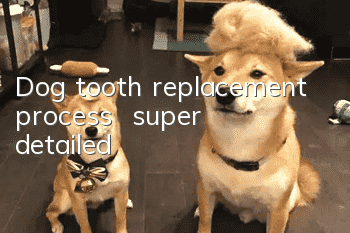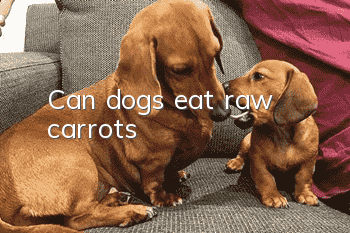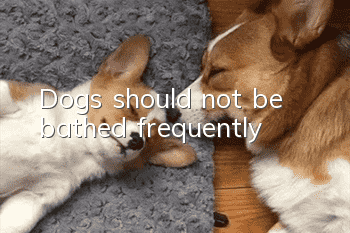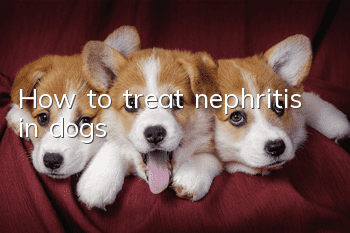Dog tooth replacement process | super detailed

It is generally said that dogs change their teeth when they are four to six months old. To be more specific, they start to change their incisors (the incisors between the canine teeth on both sides of the middle of the mouth, a total of six) between two and four months old. At the age of 1 month, all the incisors are replaced with those of an adult dog, and the canine teeth are also replaced!
The condition of a dog’s teeth can also be used to determine the dog’s age. Specifically, you can refer to the following:
● Around 20 days: the dog starts to grow teeth;
● 4 to 6 weeks old: The dog’s milk incisors are all in line.
● When the dog is nearly 2 months old, all the dog’s deciduous teeth are in full length, white, thin and pointed;
● 2 to 4 months old: Dogs replace their first deciduous incisors;
●5 to 6 months old: Dogs begin to replace their second and third primary incisors and primary canines;
●After 8 months of age: All dogs have their permanent teeth replaced, but it is not ruled out that some dogs will have their permanent teeth later, and some dogs may even have their permanent teeth replaced at the age of 2;
●1 year old: The dog’s permanent teeth are all long, white and shiny, and there are sharp protrusions on the incisors;
●1.5 years old: The peak of the dog's first incisor tooth wears to the level of the smaller peak. This phenomenon is called peak obliteration;
●2.5 years old: The peak of the second incisor of the dog’s mandible is lost;
●3.5 years old: The peak of the dog’s first maxillary incisor is lost;
●4.5 years old: The peak of the second maxillary incisor of the dog is lost;
●5 years old: The peak of the third incisor of the dog's mandible is slightly worn, and the wear surface of the first and second incisors of the mandible is rectangular;
●6 years old: The peak of the third incisor of the dog's mandible is obliterated and the canine teeth are blunt and rounded;
●7 years old: The first incisor of the dog's mandible is worn to the root of the tooth, and the wear surface is vertically oval;
●8 years old: The first incisor of the dog’s mandible is worn and tilted forward;
●10 years old: The dog’s second mandibular second incisor and maxillary first incisor have a vertical oval wear surface;
●16 years old: The dog’s incisors have fallen out and the canine teeth are incomplete—the dog at this time is already an old man! What is the difference between deciduous teeth and adult canine teeth?
- How many months does it take for a dog to recognize its owner?
- Schnauzer fixed point toilet training method
- How long does a dog’s period usually take? What should you pay attention to during your dog’s period?
- How high is a Schnauzer's IQ? How old is a Schnauzer's IQ equivalent to a child?
- 20 kinds of food and fruits that dogs cannot eat
- Can dogs take the train home? It's okay for small dogs, but it's not recommended for owners who travel long distances
- What are the signs of a dog being spoiled? These are the signs a dog is spoiled!
- Six major reasons and suggestions for dog hair loss
- What will happen to a dog if he eats salty food?
- How many hours of sleep is better for a Husky every day?



